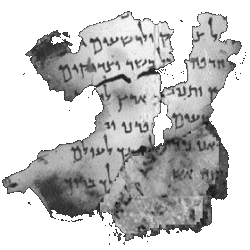
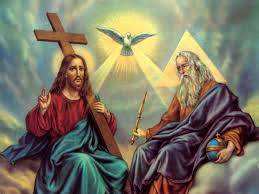
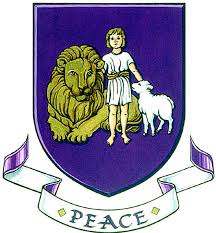

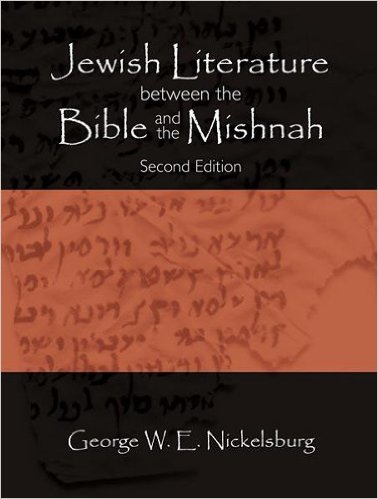
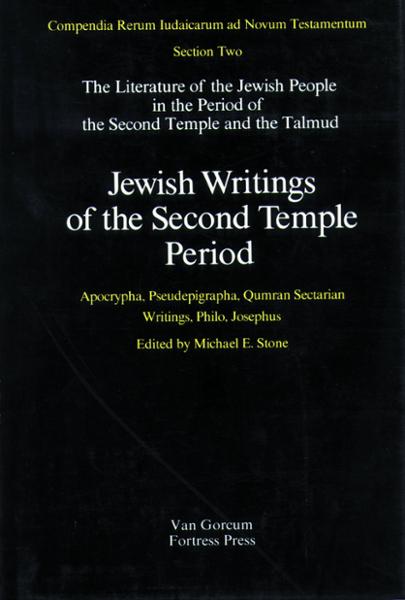
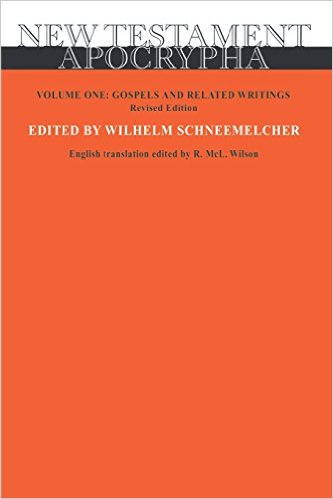
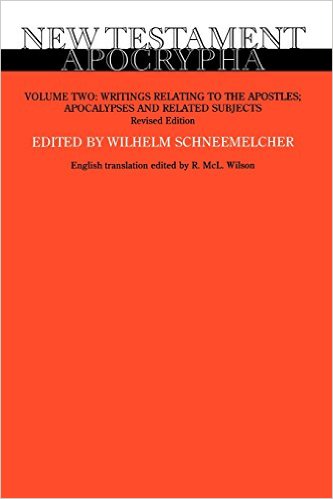
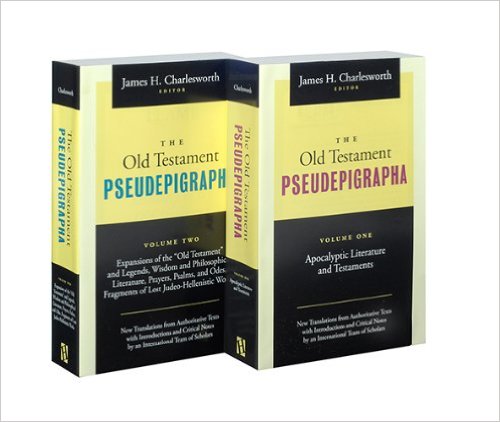
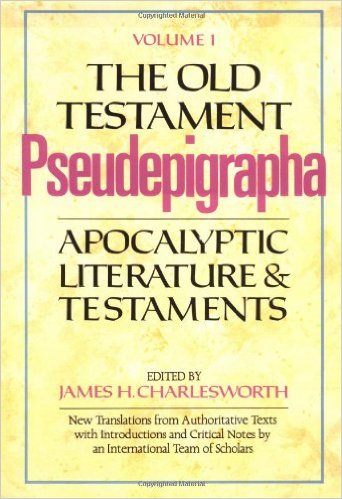
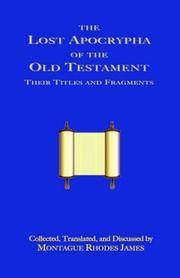
APOCALYPTIC LITERATURE
During the period of the Apocrypha (c. 200 B.C.E. to about the end of the first century C.E.) another body of literature, apocalyptic works, also developed. Like the Apocrypha, they were set aside by later Jewish authorities and were preserved in the Christian tradition surviving either in Greek or Ethiopic revisions. Features common to these works were a claim to be revealed books and to reveal the future, and their pseudepigraphy, purporting to be the writings of ancient heroic or saintly figures. Clearly reactions to political events of the time as well as to theological problems, their essential themes were eschatological – the question of evil and of suffering, the vision of the Messiah, Messianic times, the Day of Judgment, and the vision of a new world. IV *Esdras, a national Job, was probably written right after the destruction of the Temple. The author’s solution to the tragedy of the Jewish people is to assert that while God’s will is inscrutable, His love for Israel is abiding. After evil has run its course, there will be a 400-year Messianic period to be followed by the Day of Judgment, the resurrection, and the creation of a new world. Similarly, the Testament of the Twelve Patriarchs hesitates between a Messiah out of the tribe of Levi and one from the tribe of Judah and presumably represents a reaction, first positive then negative, to the rule of John *Hyrcanus, the Hasmonean ruler.
Another characteristic of the apocalyptic books is their tendency to employ elaborate allegories and embellish the biblical stories with much legendary material designed to fill the lacunae in the biblical text. Mainly Pharisaic (although the Book of *Jubilees differs in places, particularly in calendar dating, from authoritative doctrine), these works often depict the Messiah as a supernatural being, and much is made of angels. The Book of *Enoch in particular, with its view of the Messiah as “the son of man,” its portrayal of fallen angels, and its vision of final judgment, foreshadowed much of Christian thinking.
Ten books are regarded as apocalyptic works, to which must be added some of the Dead Sea Scrolls, particularly the War of the Children of Light against the Children of Darkness, and the so-called *Zadokite fragments. It is probable that there were others as well and that they, and perhaps some of the known works, were of a sectarian character. The rabbinic attitude of the times led to their disappearance in their original languages of Hebrew and Aramaic. Some polemical works, however, such as the *Sibylline Oracles and the Assumption of *Moses were written in Greek in Alexandria, but have come down with many Christian interpolations. Thus the style of the apocalyptic books cannot really be gauged, but the sweep of imagination and the structure of several of them is of a very high order (see *Apocalypse; *Apocrypha and Pseudepigrapha; *Dead Sea Scrolls).